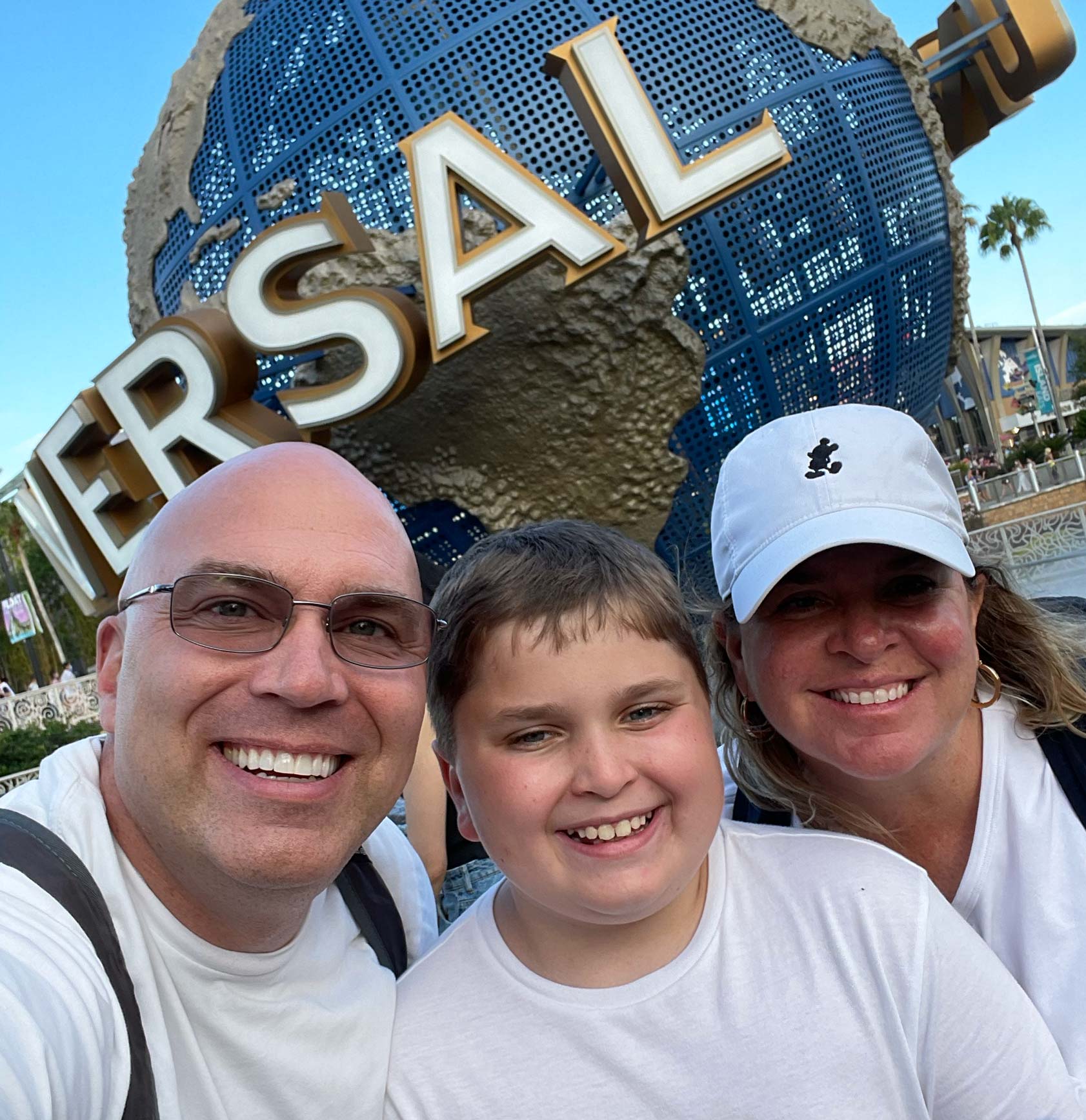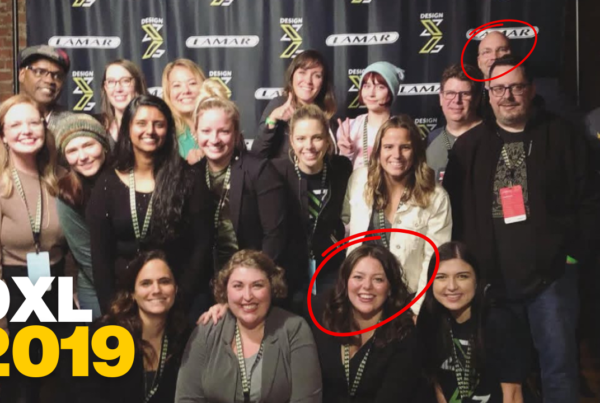According to Facebook, Instagram has 1.386 billion users. But I wonder how many of those are one user with multiple accounts? It is the same with the other platforms too? I have two YouTube accounts, one where I post my educational content and one that I use to shop guitar pedals (haha…mostly true). YouTube can count each of these accounts as part of their 2.291 billion accounts, but they are both from me (a single user).
Social media makes it super easy to spin up new accounts that it can cause confusion in how we market our services. Here are some examples…
Example 01: A painter likes to share photos of their paintings on Instagram. It generates interest and leads to sales. That same painter also teaches people painting techniques. Should they use one account for both types of content?
Example 02: A realtor shares homes they have listed for sale on Instagram. That realtor is also a talented interior decorator. Should the realtor share interior decorating photos on the same account where they share homes they have listed for sale?
Example 03: A person owns a pizza restaurant. They share their daily lunch specials and menu updates on Facebook. That person also has a burger restaurant. Should they share the pizza restaurant and burger restaurant info under one account (something like “joesrestaurants”)?

It can be confusing, causing people spin up new accounts (when they shouldn’t) or share multiple types of content on a single account (when they shouldn’t). Both options lead to ineffective marketing.
How to Determine If You Should Use One Account or Multiple
The answer to the marketing question, “Should I market my ‘stuff’ under one brand/channel or multiple?” lies in analyzing the target audience and “niche funnel.” (If you haven’t seen my content about niche funnels, go check my YouTube video…)
Here are the marketing rules:
- Use the fewest number of marketing brands/channels as possible. (It is far easier to build one brand than it is to build five.)
- If the target audiences of your offerings are different, you should market them under different brands/channels too.
- The tighter you focus your niche, the easier it is to market.
Big Business Examples and How They Handle Brand Channels
Let’s look at how this plays out with some big businesses you are familiar with. How about Comcast?
Comcast built its business as a cable television provider. Then they expanded into providing internet services, mobile phones and other communication tools. Comcast also purchased NBC/Universal in 2013. That acquisition provided Comcast with film, television, video content and even a couple theme parks.
 Comcast was likely faced with this question, “Should we market our ‘stuff’ under one brand/channel or multiple?” Well, if you’ve followed their brand you’ll know that they didn’t change their theme parks to be “Comcast Theme Parks.” They kept them as “Universal Studios.” They didn’t change “NBC” content to brand it as “Comcast TV.” They kept it as “NBC.” They did however, change the name and branding of their connection services (internet, mobile, cable) from “Comcast” to be marketed as, “Xfinity.”
Comcast was likely faced with this question, “Should we market our ‘stuff’ under one brand/channel or multiple?” Well, if you’ve followed their brand you’ll know that they didn’t change their theme parks to be “Comcast Theme Parks.” They kept them as “Universal Studios.” They didn’t change “NBC” content to brand it as “Comcast TV.” They kept it as “NBC.” They did however, change the name and branding of their connection services (internet, mobile, cable) from “Comcast” to be marketed as, “Xfinity.”
 Even though all of these different brands are owned by Comcast, they serve different target audiences and are marketed separately because the target audience of each has different buyer cycles, problems and desires.
Even though all of these different brands are owned by Comcast, they serve different target audiences and are marketed separately because the target audience of each has different buyer cycles, problems and desires.
Xfinity: Markets to people who need internet/cable connection.
NBC: Markets to people who want to watch television/video content.
Universal Studios Theme Park: Markets to people who want a vacation.
Comcast has more brands than just those listed above, but just looking at those we can see that they have multiple target audiences with different desires/needs so they use multiple different brands/channels in their marketing.
Relatable Examples and Analysis
Let’s look at our examples from the start of this article.
Example 01: Painter shares photos of their paintings and painting technique education.
In this example, I could easily justify using one marketing brand/channel. The same people who like might buy their paintings will likely be interested in the techniques used to create them. One brand “the painter’s name” would probably suffice.
Example 02: Realtor shares homes for sale and interior decorating photos.
This example is tougher. Although many people buying a home will be interested in interior decorating tips, there are probably a lot more people interested in interior decorating ideas who are not looking to buy a new home (especially in the specific area of the realtor). If the realtor post “homes for sale” in the same channel as decorating photos, it could easily cause some people to feel the brand/channel is not relevant to them. I’d probably recommend two separate brands/channels for this example.
Example 03: Person owns pizza restaurant and burger restaurant.
While it is true that both restaurants target “people who want to eat,” haha, I would probably recommend two separate brands/channels for marketing the restaurants. Each restaurant will have different menus, price points, locations, lunch specials etc. Trying to market them both under one brand could easily be confusing to the customers.
Did you know that Yum! Brands owns Taco Bell, KFC, Pizza Hut and Habit Burger? They don’t try to market all of them under one brand/channel (Yum! Brands Restaurant). Each of the restaurants gets its own marketing, positioning, target audience personas etc.

Photo copyright © Yum! Brands RSC
My Personal Brand Example
One of my Instagram friends asked me, “Where did your brand ‘More Janda’ come from?”
After my agency buyout completed, I decided to make the move into coaching, courses etc. (What I do now and what I love most.) I had two books published at the time, but no thought leadership marketing online. Tens of thousands of people had read my books and knew me as an author, but now I needed a brand for my marketing. I brainstormed social media handle ideas because I couldn’t get “michaeljanda” on all social channels. The social media handle “morejanda” was one of the options available everywhere and it made sense for my book readers to say, “I liked his book and now I can get “more janda.” Haha. That’s the story.
In my case, I am laser focused on one audience (creative freelancers and agency owners) and all of my content relates to the creative industry, specifically people trying to run or manage a creative business.
If I were selling fine art paintings, I would use a different marketing channel even though “fine art paintings” and “creative freelancer/agency content” have some subtle overlap.
Final Thoughts
It is super HARD to successfully market to multiple different audiences under one brand/channel. It is much easier to have unique marketing for each unique target audience. So ask yourself, “Who is the audience?” The answer to that question will help lead you to the proper determination of marketing brands and channels.













